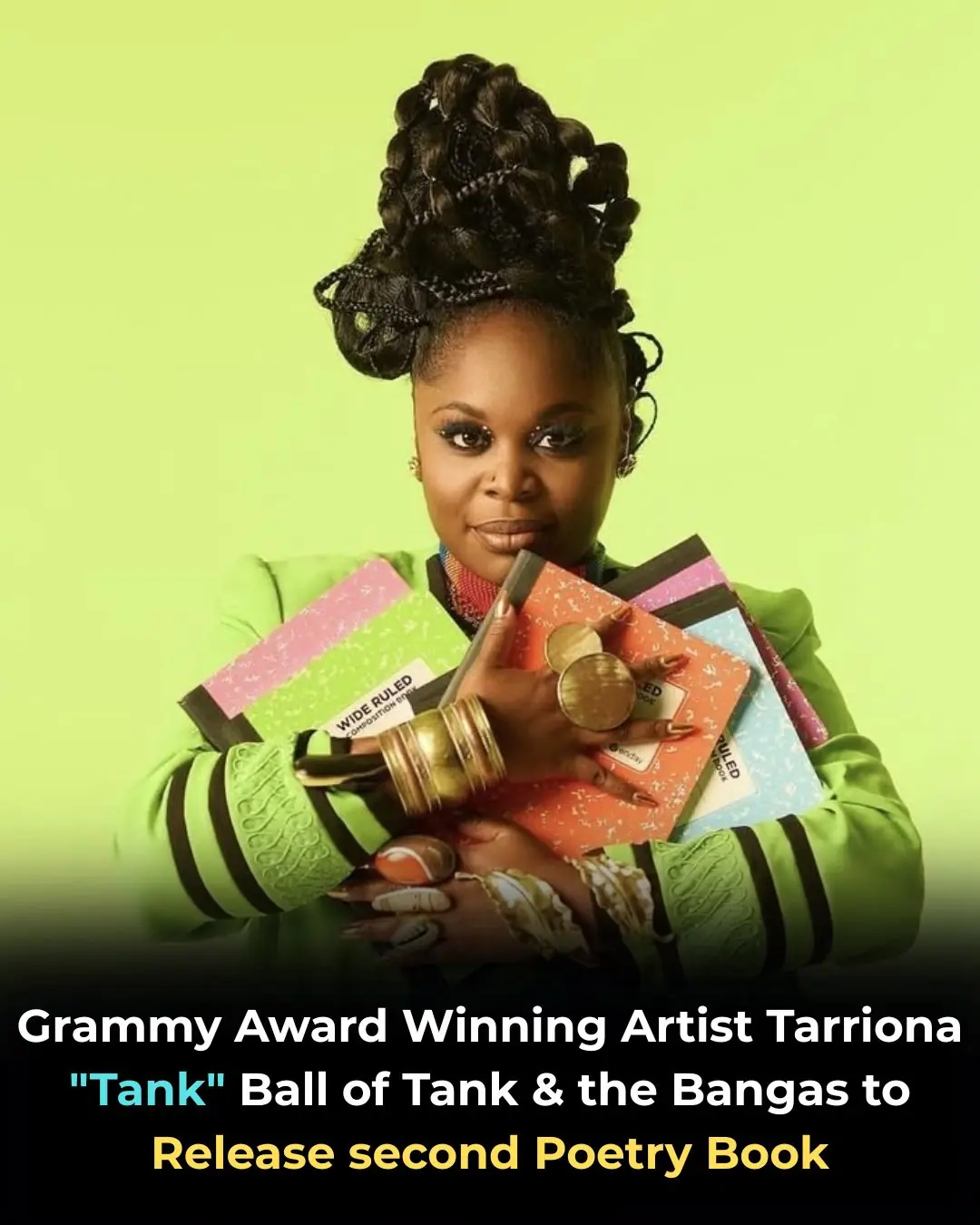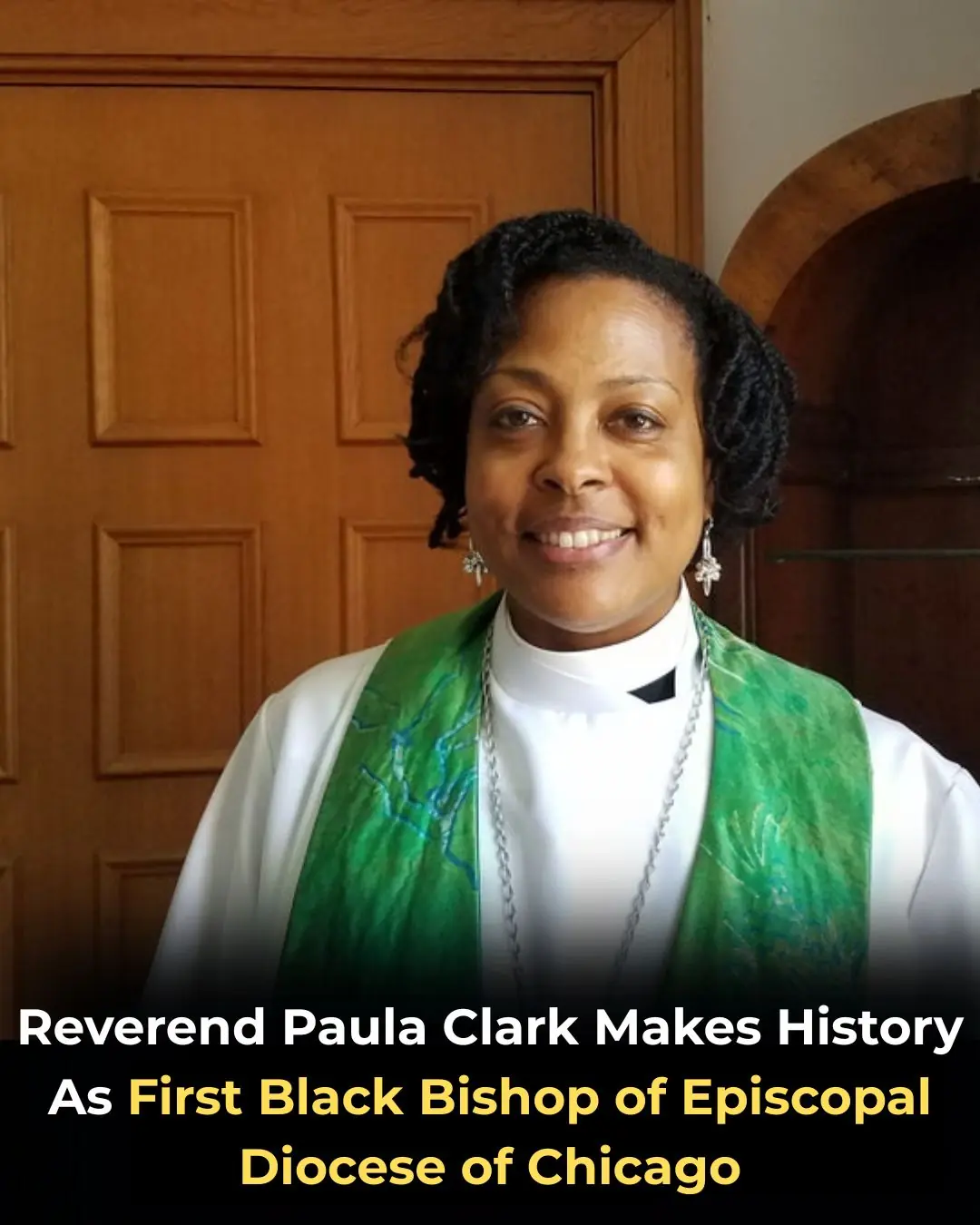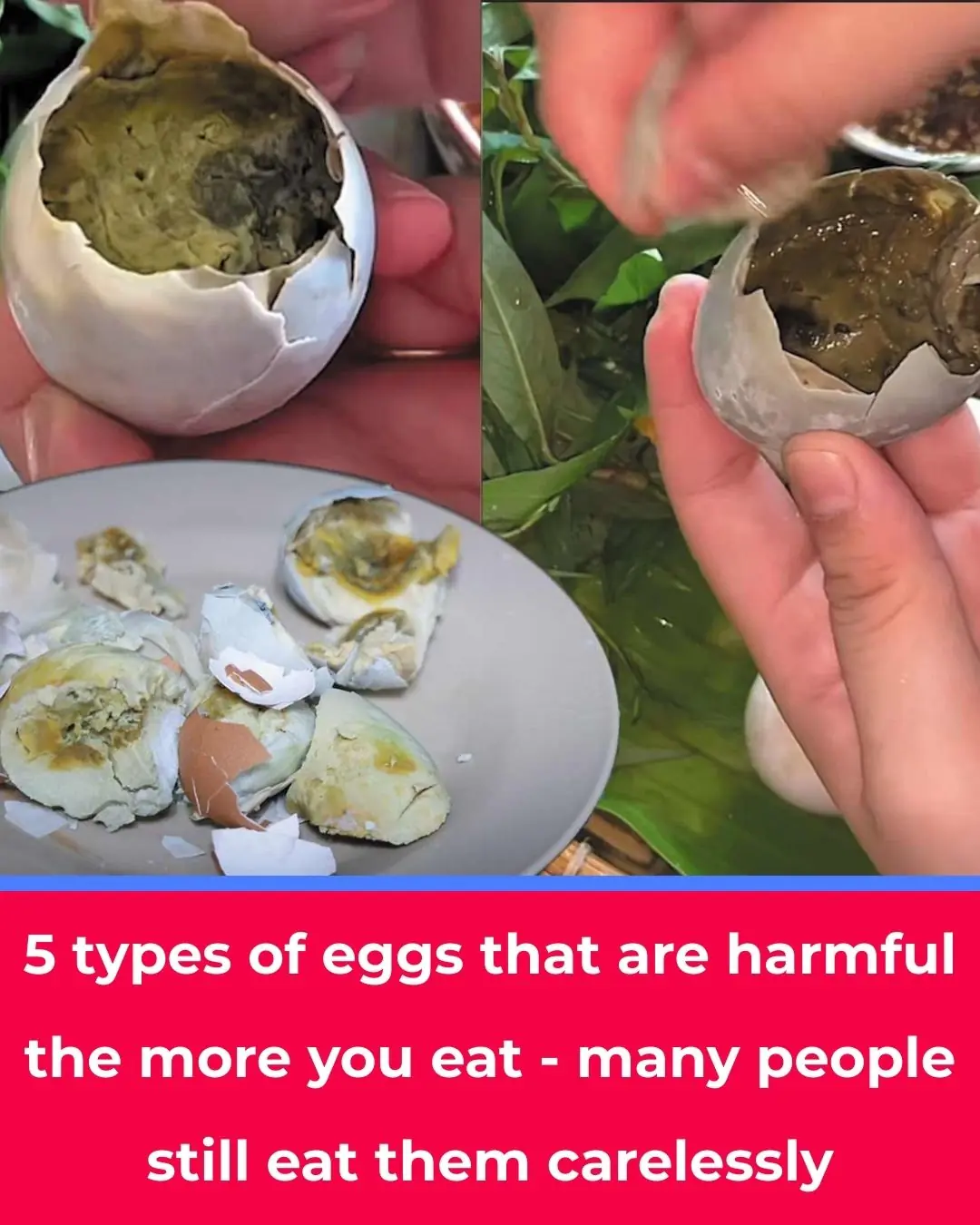
Cancer cells disappeared after 5 months thanks to consistent medical treatment
A 64-year-old woman from Hanoi unexpectedly discovered swollen lymph nodes in her neck and later received a diagnosis of diffuse large B-cell lymphoma (DLBCL), a common and aggressive type of non-Hodgkin lymphoma. After five months of targeted treatment, medical imaging showed that the cancer cells had completely disappeared.
Sudden symptoms and diagnosis
The patient first noticed a growing lymph node on the left side of her neck, accompanied by mild pain but no fever or weight loss. At Hospital 354, ultrasound revealed multiple abnormal lymph nodes, and cytology suggested lymphoma. She was then referred to the Nuclear Medicine and Oncology Center at Bach Mai Hospital for further evaluation.
There, specialists confirmed a diagnosis of non-Hodgkin malignant lymphoma, specifically DLBCL. According to GLOBOCAN 2022, non-Hodgkin lymphoma ranks among the ten most common cancers worldwide, with more than 250,000 deaths annually. In Vietnam, the incidence rate is 5.2 cases per 100,000 people.
Targeted therapy brings remarkable results
Doctors prescribed six cycles of R-CHOP chemotherapy, including Rituximab (a targeted monoclonal antibody), Cyclophosphamide, Doxorubicin, Vincristine, and Prednisolone.
Rituximab targets CD20, a marker on malignant B lymphocytes. When combined with chemotherapy, it increases cancer cell destruction, reduces recurrence, and significantly improves survival rates compared to previous treatment methods.
After five months of consistent treatment, PET/CT scans showed complete disappearance of FDG-avid lymph nodes. Blood results were stable, and doctors confirmed a complete response. The patient is currently in good health, eating normally, and showing no signs of disease.
Not a “death sentence” with early detection
Assoc. Prof. Pham Cam Phuong, Director of the Nuclear Medicine and Oncology Center, emphasized that non-Hodgkin lymphoma is no longer a hopeless diagnosis when detected early and treated according to modern protocols. Advances such as targeted therapy, immunotherapy, and stem cell transplantation have expanded survival opportunities—even for late-stage patients.
The patient will continue follow-up visits:
-
every month during the first year
-
every 3 months in the second year
-
then gradually reduced to once per year
A message for the public
Experts advise that anyone who notices persistent or unexplained lymph node swelling should seek medical evaluation promptly. Early diagnosis and proper treatment are key to improving outcomes and helping patients live healthier, more optimistic lives after cancer.
News in the same category


Civil War Era Politician Robert Smalls Becomes First African American to Receive Monument in South Carolina

Dr. Patricia Bath Set To Make History As First Black Woman Inducted Into National Inventors Hall of Fame

Angela Davis to Keynote Largest Black Feminist Conference in the Nation

NYC-Based Events Company Is Creating Spaces to Empower Indy Black Artists Across the East Coast

Grammy Award Winning Artist Tarriona “Tank” Ball of Tank & the Bangas to Release Second Poetry Book

Meet Clara Stanton Jones: The First Black President of the American Library Association

Nigerian Economist Makes History As First Black Woman To Lead World Trade Organization

Reverend Paula Clark Makes History As First Black Bishop of Episcopal Diocese of Chicago

Michael Jordan Returns to Spotlight as Special Contributor for NBC’s New NBA Coverage

Ohio Congresswoman Marcia Fudge Becomes First Black Woman to Lead HUD In More Than 40 Years

Janet Jackson to Receive Icon Award at 2025 American Music Awards

A Common Mistake When Storing Meat in the Fridge Can Spread Bacteria and Cause Food Poisoning

7 Foods That Can Last for Years: Still Safe to Eat Even After the Expiry Date

5 Types of Eggs That May Be Harmful if Eaten Regularly

Qatar Launches Massive Desalination Plant Producing 600 Million Liters of Fresh Water Daily

My Nana’s 2-Minute Hack to Make a Stainless Steel Sink Shine With Zero Effort

The Hidden Risks of Storing Cooked Rice the Wrong Way

The Secret Purpose of the Metal Rods in Car Headrests
News Post

Revolutionary MRI Technology Offers Non-Invasive Tumour Treatment in Sydney

Recreating a Legacy: Ruben Flowers Joins His Father as Co-Pilot on Captain Flowers’ Final Southwest Airlines Flight

Wood vs. Diamonds: The Cosmic Rarity of Life's Fingerprint

Local Washington State Park Changes Name Meaning To Honor Rosa Franklin, The States First Black Woman Senator

THIS SEED: AFTER 50, IT STRENGTHENS BONES & CURES ALL PAINS

High Blood Pressure Has a New Culprit

Civil War Era Politician Robert Smalls Becomes First African American to Receive Monument in South Carolina

How to treat nerve pain in the foot, toes & legs

Dr. Patricia Bath Set To Make History As First Black Woman Inducted Into National Inventors Hall of Fame

Unlocking the Power of Rosemary Tea: A Natural Elixir for Mind, Body, and Soul

🌌 An Accidental Revolution: How the Search for Black Holes Led to the Invention of Wi-Fi

📈 The $5 Trillion Threshold: NVIDIA Becomes the World’s Most Valuable Company, Reshaping Global Economic Influence

Angela Davis to Keynote Largest Black Feminist Conference in the Nation

🐝 The Silent Threat: Research Links Cell Tower Radiation to Harmful Effects on Honey Bee Health

NYC-Based Events Company Is Creating Spaces to Empower Indy Black Artists Across the East Coast

Why Some Eggs Are Speckled

Drinking Water the Right Way

This is the correct way to preserve pork in the freezer: The meat will not dry out, and will still retain all its nutrients for a whole month.

Pour salt into the toilet, everyone calls you crazy but know its uses and do it at home right away
